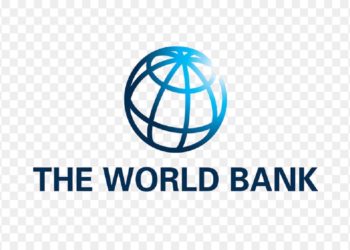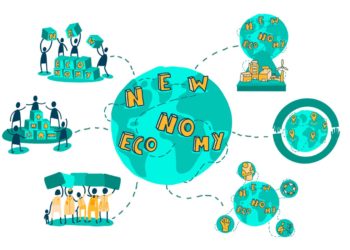Kenya is projected to be East Africa’s leading economy by 2025 with its GDP projected at USD 132.0 bn which is higher than that of Ethiopia which is projected at USD 117.0 bn. This gap can be attributed to factors such as strategic investments, policy reforms and a diversified economic base. As Kenya rises, its influence as a regional hub for trade and investment has extensive implications for its neighbours in the region such as Tanzania and Uganda, and Africa in general.
Kenya’s GDP growth has recorded a positive trajectory compared to its neighbours in the region. For instance, in 2023, Kenya’s GDP grew by 0.7% points to 5.6% in 2023 from 4.9% in 2022. This can be attributed to diversification in sectors such as Agriculture, Manufacturing and Technology. Its constant rise in the fintech world has made it desirable to foreign investors where they have been able to establish start-ups which have helped in providing employment opportunities to Kenyans. Infrastructure projects such as the Standard Gauge Railway and construction of major roads such as the Isiolo-Marsabit-Moyale Highway which was part of the LAPSSET corridor project have improved Kenya’s position as a trade and logistics hub. These projects, coupled with a strong regulatory environment and strong regional integration through the East African Community, makes Kenya a desirable destination for potential capital investment.
Kenya’s economic growth has potential benefits for its neighbours such as trade expansion whereas as Kenya’s industries grow there will be an increased demand of raw materials from neighbouring countries such as Uganda and Tanzania especially in sectors such as agriculture and manufacturing which strengthens interdependence and market integration. Second, investor confidence in Kenya will be boosted due to its continued growth. International corporations will choose Nairobi as their regional headquarters which will help in creating employment opportunities for Kenya and East Africa at large. Infrastructure projects such as the LAPSSET corridor enhance connectivity and cohesion across the region by facilitating trade and reducing cost of business for landlocked countries such as Uganda. Kenya’s favourable tech environment has inspired other East African countries such as Tanzania. For instance, NALA, a fintech company started by Benjamin Fernandes in 2017 facilitates cross-border payments from USA, UK and Europe to Africa. These countries are drawing inspiration from Kenya which helps in spreading digital revolution across the region and Africa at large. Kenya’s influence in regional politics and diplomacy has grown. Through regional bodies such as the East African Community, Kenya has advocated for deeper integration, peace and economic growth.
Despite this, Kenya’s growth still faces challenges such as persistent income inequality, youth unemployment, corruption and the rising public debt. Also, there must be political goodwill, efficient border policies and favourable regulatory environment for regional benefits to be enjoyed. Wise leverage of Kenya’s economic rise could serve as a game-changer by fostering stronger economies, poverty reduction and building resilience across borders. With visionary leadership and cooperative strategies, Kenya and East Africa can carve a shared and prosperous future.


















